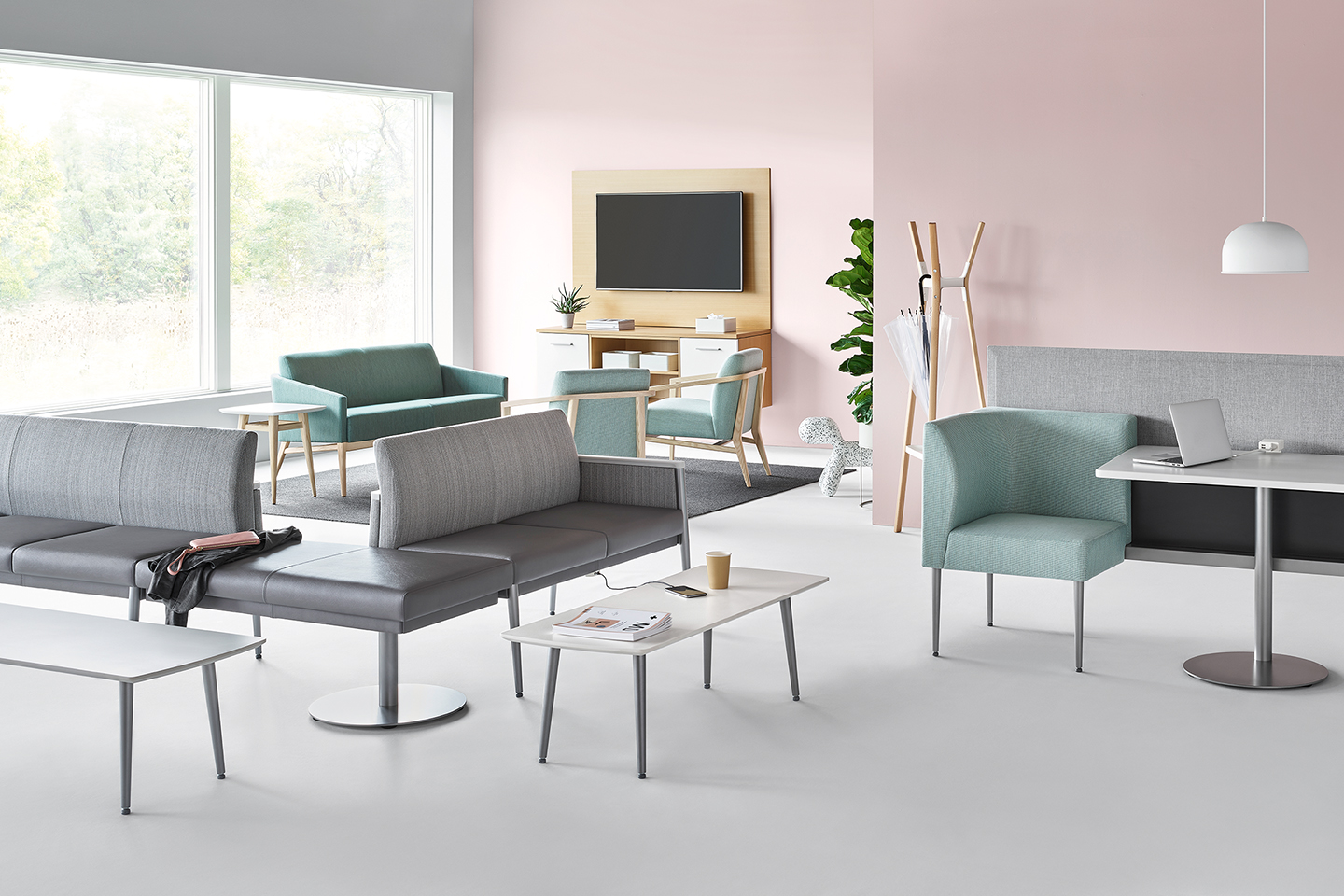
Patients often have their first interaction with a healthcare facility in the waiting room, it’s a space that sets the tone for the patient’s overall satisfaction. Many patients will form their opinion of a medical practice based on their waiting experience. Uncomfortable furniture, rude staff and poorly organised queues can leave patients with a bad taste in their mouth and a negative perception of the quality of the care that they received, and yet it’s a space that has often been overlooked.
In the past there has been rarely much thought put into the design considerations of waiting rooms beyond simply ensuring that there is enough seating and that the space is accessible. It’s an area traditionally viewed as a costly necessity by practices, rather than an opportunity to optimise patient satisfaction, but that is beginning to change. More than ever before, practices are recognising the importance of the waiting room and are looking for ways to elevate the experience.
So what can be done to enhance the waiting room?
There are many ways to make waiting rooms better suited to meeting patients' needs. Key insights from Nemschoff1 suggest that design and furnishings have an important role to play in raising patient satisfaction levels. Thoughtful planning and quality, well-designed furnishings purpose-made for waiting rooms can not only welcome patients, but also improve efficiency.
Here are a few things to consider when selecting furnishing for a waiting room:
Is the seating right for everybody?
Waiting rooms need to accommodate a wide range of people in every shape and size, so it’s important that the seating is suitable for everyone. Furnishings like Herman Miller’s plus seating systems are ideal as they fit the needs of the bodies sitting in them including children and high-weight individuals. These flexible systems also accommodate diverse postures, behaviours and levels of privacy within the waiting area.
Does it make patients’ feel comfortable?
Studies suggest that perceived wait time has a greater impact on patient satisfaction than actual wait times. A wait can ‘feel’ long because of a tightly packed space and noisy surroundings which can increase stress and anxiety. Helping patients to feel comfortable is about creating a space that reduces anxiety and creates pleasant distraction. The use of contemporary pastel shades, warm woods and modern furnishings from Herman Miller gives the space a ‘spa aesthetic’ that is far removed from the cold, institutional feel that most patients have come to expect from waiting rooms. The space is domestically-inspired and feels much more homely than the typical waiting room. Multiple configurations in the seating give patients’ the space to sit and do what they want, allowing for conversation, charging of mobile devices, space to watch TV and even space to work or eat.
Will the furnishings hold up?
Another important thing to consider is whether or not the materials in furnishings are appropriate for waiting room spaces. Furnishings in waiting rooms are subject to constant use and regular cleaning, so they must be durable and of high-quality looking their best over a long lifespan.
What does your furnishing express?
Furniture in your waiting room is an opportunity to elevate the waiting experience and create positive first impression on your patients. It’s a chance to communicate a message about your business, or to evoke a certain feeling from your guests. Waiting is an unavoidable part of a patients’ experience, but that doesn’t have to be a bad thing! Through thoughtful design the humble waiting room can become a powerful opportunity for increasing patient satisfaction and a real asset to any practice.
1. Winning Strategies for waiting rooms. Nemschoff Insight. 2015.
2. Thompson, D., Yarnold, P., Williams, D., & Adams, S. Effects of actual waiting time, perceived waiting time, information delivery and expressive quality on patient satisfaction in the emergency department. Annals of Emergency Medicine, 28(6), 657–665. 1996.







